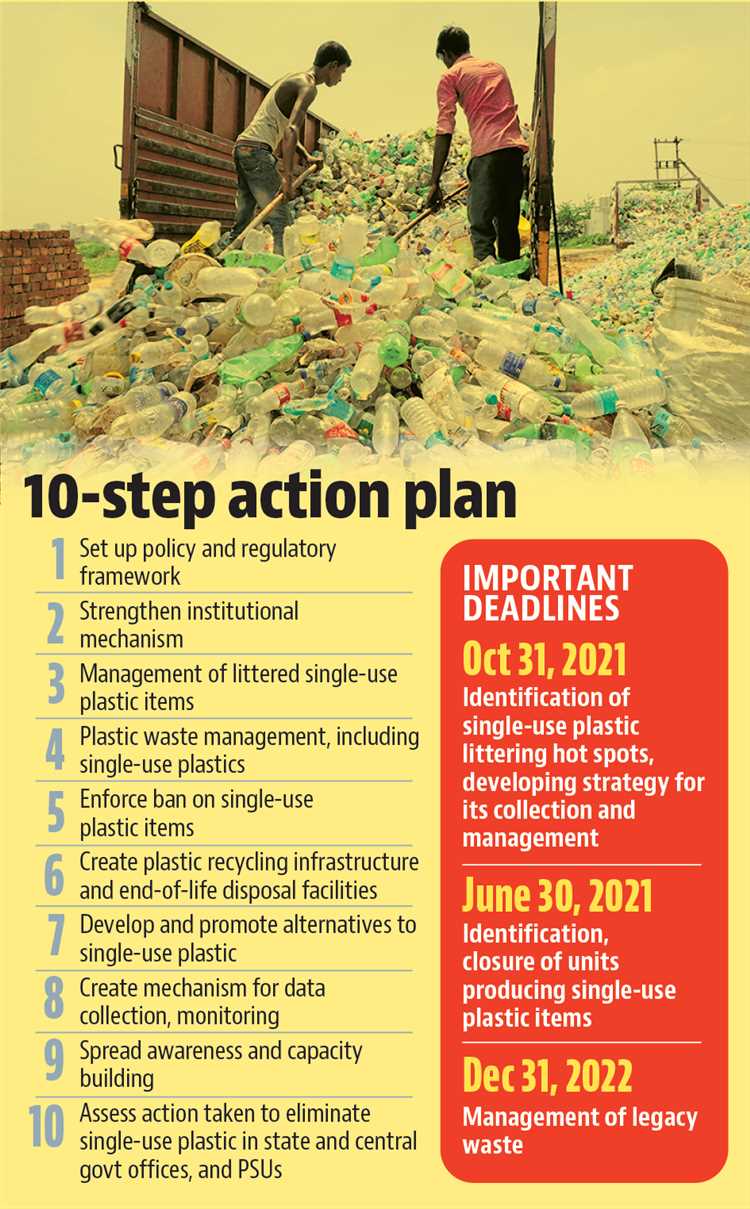
The world is waking up to the urgent need for action on the growing plastic pollution crisis. Single-use plastics, such as straws, plastic bags, and bottles, have become a major environmental threat, clogging up our oceans, choking marine life, and causing irreversible damage to ecosystems. In response to this global crisis, governments around the world are introducing new rules and regulations to tackle the issue head-on.
One such rule that is making waves is the ban on single-use plastics. This legislation aims to reduce the production and consumption of single-use plastics by prohibiting their use in certain industries and encouraging the use of more sustainable alternatives. The goal is to minimize the amount of plastic waste that is generated and ultimately end the cycle of pollution.
So, what does this new rule mean for you? Firstly, it means that you will have to make some changes in your everyday life. Say goodbye to plastic straws and start using reusable alternatives like metal or bamboo straws. Be prepared to carry your own shopping bags to the grocery store instead of relying on plastic bags. And consider investing in a reusable water bottle to eliminate the need for single-use plastic bottles.
- Benefits of the New Rule
- 1. Reduction in Plastic Waste
- 2. Conservation of Resources
- 3. Protection of Wildlife
- Key Changes and Regulations
- Impact on Businesses and Consumers
- Businesses:
- Consumers:
- Alternatives to Single-Use Plastic
- Question-answer:
- What is the new rule on single-use plastic?
- Why is there a need for a new rule on single-use plastic?
- What are some examples of single-use plastic items?
- How will the new rule on single-use plastic affect businesses?
Benefits of the New Rule
The implementation of the new rule on single-use plastic comes with numerous benefits that will have a positive impact on the environment and society as a whole. These benefits include:
1. Reduction in Plastic Waste
One of the primary benefits of the new rule is a significant reduction in plastic waste. By limiting the production and use of single-use plastic, less plastic will end up in landfills, oceans, and other natural habitats. This reduction in plastic waste will help to mitigate the environmental damage caused by plastic pollution.
2. Conservation of Resources
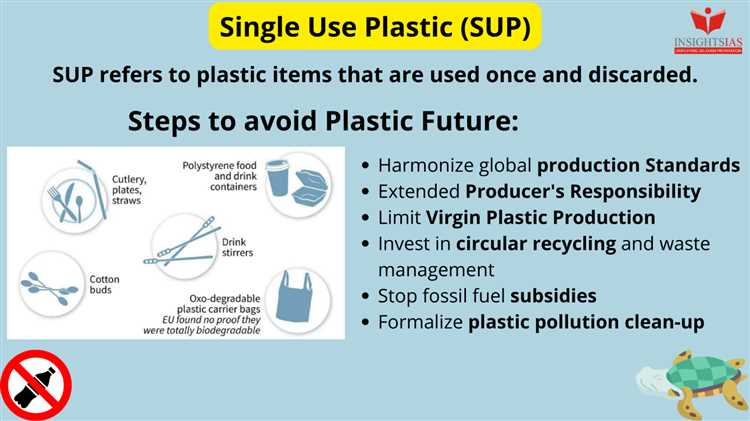
The new rule also promotes the conservation of resources. Single-use plastic is often made from non-renewable materials, such as petroleum-based plastic. By reducing the demand for single-use plastic, the rule encourages the use of alternative materials that are more sustainable and can be easily recycled or reused. This will help to conserve natural resources in the long run.
3. Protection of Wildlife
The harmful effects of plastic on wildlife are well-documented. Animals can mistake plastic for food, leading to ingestion and entanglement, which can be fatal. By reducing the amount of single-use plastic in circulation, the new rule aims to protect wildlife and their habitats from the dangers of plastic pollution.
Furthermore, the new rule will:
- Encourage innovation in eco-friendly alternatives to single-use plastic
- Promote sustainable practices among businesses
- Save energy and reduce greenhouse gas emissions associated with plastic production
- Improve public health and sanitation by reducing plastic pollution in water sources
In conclusion, the new rule on single-use plastic brings about numerous benefits that will positively impact the environment, conserve resources, protect wildlife, and promote sustainable practices. Its implementation is a step in the right direction towards a cleaner and more sustainable future for all.
Key Changes and Regulations
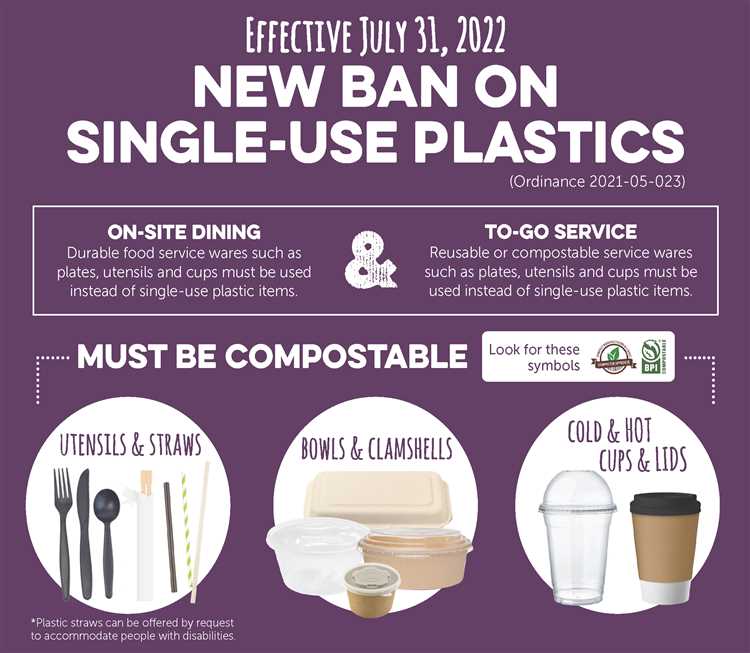
The new rule on single-use plastic introduces several important changes and regulations in an effort to reduce plastic pollution and promote sustainability. Some of the key changes include:
1. Ban on certain single-use plastic items: The new rule prohibits the production, sale, and distribution of certain single-use plastic items, such as plastic straws, plastic cutlery, and plastic bags. This ban aims to encourage the use of more eco-friendly alternatives and reduce waste.
2. Extended producer responsibility: The new rule places the responsibility on manufacturers and producers to manage the entire life cycle of their plastic products, including collection, recycling, and proper disposal. This shift in responsibility aims to incentivize manufacturers to design more sustainable and recyclable products.
3. Plastic packaging regulations: The new rule sets stricter regulations on the use of plastic packaging. It encourages the use of recyclable and compostable packaging materials and promotes the adoption of more sustainable packaging practices in industries such as food and beverage, cosmetics, and e-commerce.
4. Awareness and education programs: The new rule emphasizes the importance of raising awareness and educating the public about the environmental impact of single-use plastic. It encourages the implementation of educational programs in schools, businesses, and communities to promote sustainable consumption and responsible waste management.
5. Penalties for non-compliance: The new rule establishes penalties for individuals and businesses that fail to comply with the regulations. These penalties may include fines, product recalls, and temporary or permanent closure of non-compliant businesses. The aim is to create a strong deterrent against the production and use of single-use plastic.
Overall, the new rule on single-use plastic aims to shift towards a more sustainable and environmentally-friendly approach to consumption and waste management. By implementing these key changes and regulations, it is hoped that the excessive use of plastic can be reduced, contributing to a cleaner and healthier planet for future generations.
Impact on Businesses and Consumers
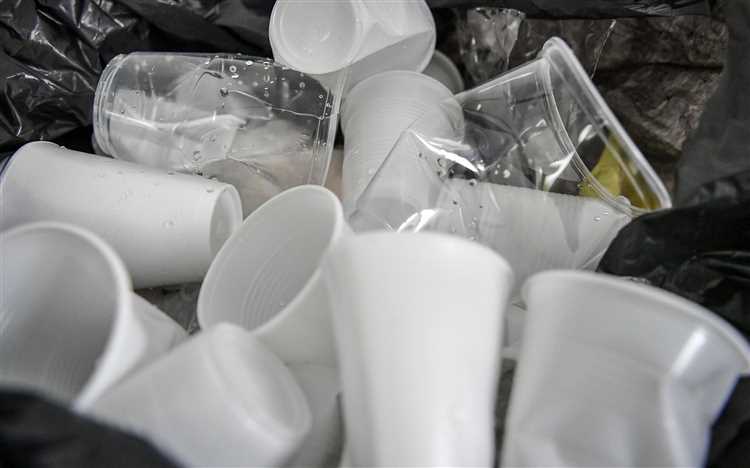
The new rule on single-use plastic has significant implications for both businesses and consumers. It aims to reduce the environmental impact of plastic waste and promote sustainable alternatives. Here are some key points on how this new regulation will affect businesses and consumers:
Businesses:
1. Increased costs: Businesses that rely heavily on single-use plastic will likely experience increased costs due to the need to find and implement alternative packaging materials. This could include investing in new machinery or sourcing biodegradable or reusable options.
2. Market demand shift: With the new rule in place, consumers are expected to gravitate towards businesses that offer eco-friendly options. This presents businesses with an opportunity to gain a competitive advantage by providing sustainable alternatives and reducing their carbon footprint.
3. Innovation and adaptation: The regulation may spur innovation in the development of new packaging materials and technologies that are more sustainable. Businesses will need to adapt and stay ahead of the curve to meet the changing demands of both the market and regulations.
Consumers:
1. More sustainable choices: The new rule will result in a wider range of eco-friendly products and packaging options for consumers. This will empower individuals to make more sustainable choices and reduce their own environmental impact.
2. Change in shopping habits: Consumers may need to adjust their shopping habits and preferences to align with the new regulations. This could involve bringing reusable bags when shopping or opting for products with minimal packaging.
3. Increased awareness: The implementation of this rule is likely to raise awareness about the environmental consequences of single-use plastics. Consumers will become more conscious of their consumption habits and be more inclined to support businesses that are committed to sustainability.
Overall, while the new rule on single-use plastic presents challenges for businesses, it also offers opportunities for innovation and differentiation. Consumers, on the other hand, will have more choices and chances to make a positive impact on the environment through their purchasing decisions.
| Businesses | Consumers |
|---|---|
| Increased costs | More sustainable choices |
| Market demand shift | Change in shopping habits |
| Innovation and adaptation | Increased awareness |
Alternatives to Single-Use Plastic
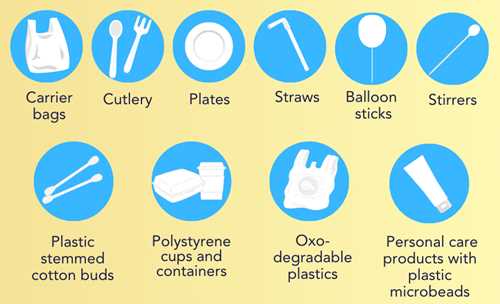
With the new rules on single-use plastic, it’s important to explore alternative options that are not harmful to the environment. Here are some alternatives to single-use plastic that you can incorporate into your daily life:
| Alternatives | Description |
|---|---|
| Reusable Water Bottles | Invest in a durable and reusable water bottle that you can refill whenever needed. This reduces the need for single-use plastic water bottles that often end up in landfills or pollute our oceans. |
| Reusable Grocery Bags | Instead of using plastic bags at the grocery store, bring your own reusable bags. These bags are often made of sturdy materials like canvas or recycled plastic, making them a sustainable option. |
| Stainless Steel Straws | Plastic straws are a major contributor to plastic pollution. Switching to stainless steel straws can help reduce waste and prevent harm to marine life. Keep a set of reusable straws with you for whenever you need them. |
| Beeswax Wraps | Instead of using plastic wrap, consider using beeswax wraps to cover and store food. These wraps are made from organic cotton coated in beeswax, and can be used multiple times before being composted. |
| Bamboo Toothbrushes | Plastic toothbrushes contribute to the plastic waste problem. Switching to bamboo toothbrushes, which have biodegradable handles, can help reduce the amount of plastic in landfills. |
| Compostable Utensils | When hosting events or picnics, opt for compostable utensils made from materials like wood or cornstarch. These can easily break down in compost and won’t contribute to plastic waste. |
By incorporating these alternatives into your lifestyle, you can play a role in reducing the impact of single-use plastics on our environment. Remember, every small change can make a big difference!
Question-answer:
What is the new rule on single-use plastic?
The new rule on single-use plastic is a regulation that aims to reduce the use of plastic items that are meant to be used only once before being thrown away.
Why is there a need for a new rule on single-use plastic?
There is a need for a new rule on single-use plastic because plastic waste has become a major environmental problem. The excessive use of single-use plastic items has led to pollution of land and water, harming wildlife and ecosystems.
What are some examples of single-use plastic items?
Some examples of single-use plastic items include plastic bags, straws, coffee stirrers, disposable cutlery, and plastic water bottles.
How will the new rule on single-use plastic affect businesses?
The new rule on single-use plastic will require businesses to find alternative packaging options and encourage the use of reusable items. This may initially have an impact on the cost and operations of businesses, but in the long run, it can lead to innovation and sustainability.